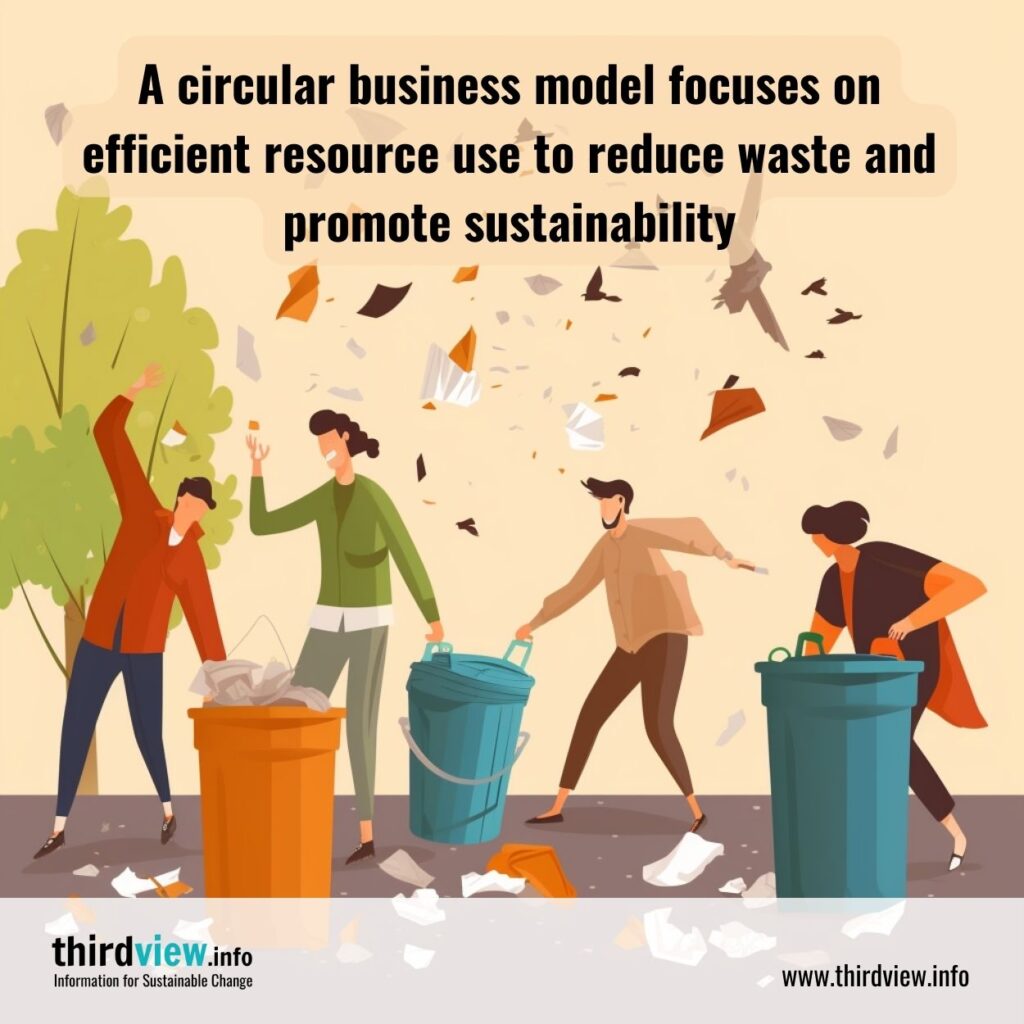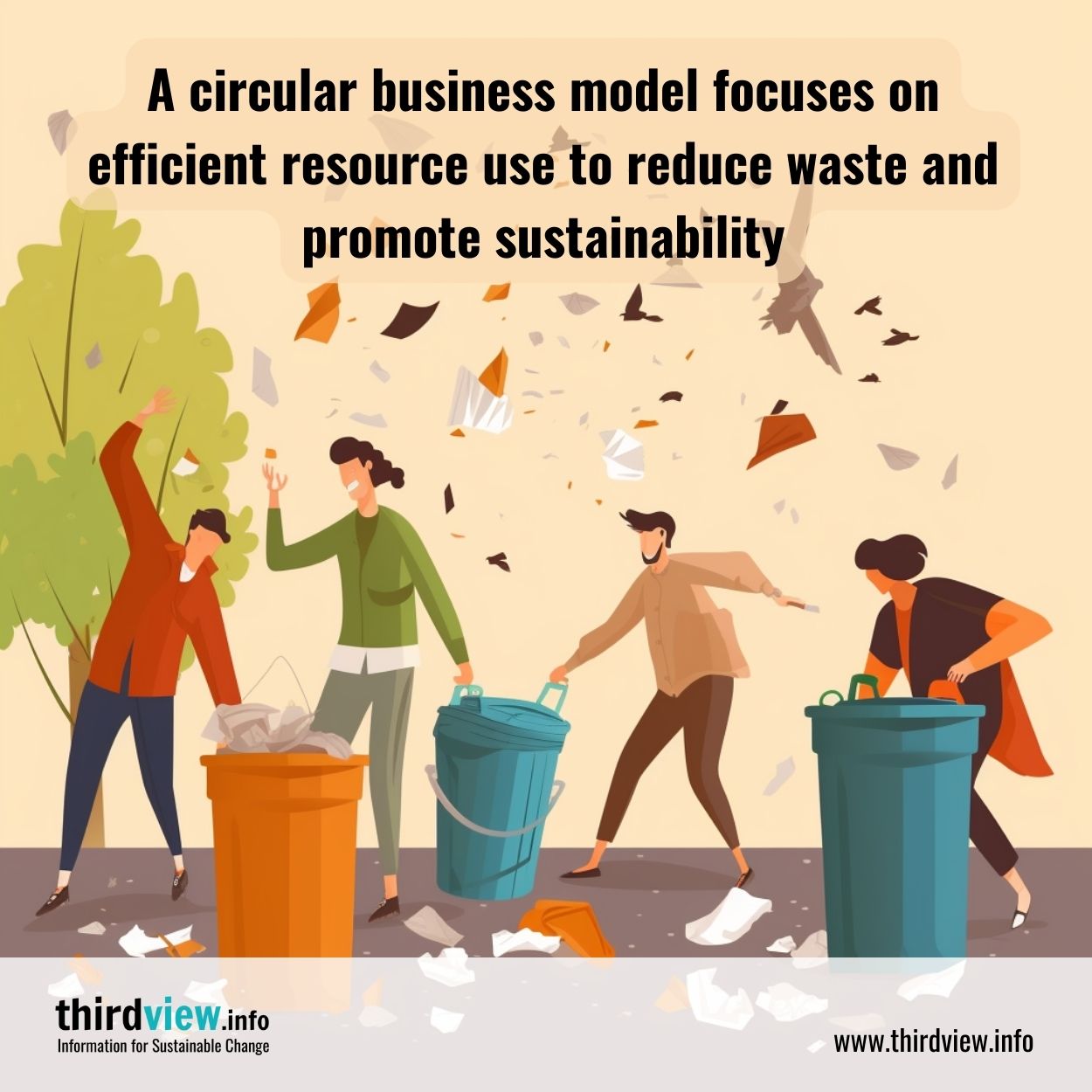A circular business model is an economic system that focuses on making the most efficient use of resources to reduce waste. This model goes beyond traditional efforts such as reuse and recycling, instead focusing on creating a closed-loop system that keeps products, components, and materials circulating in the economy instead of ending up in landfills or incinerators. Let’s look at some of the ways a circular business model can help your business reduce waste.
Designing for Durability and Reparability
One major aspect of a circular business model is designing products with durability and reparability in mind. This means developing products that can last longer, are more easily repairable, and have a longer lifespan than traditional products. By doing this, businesses can increase their product’s longevity without having to manufacture new items every time something breaks or wears out. In addition, by designing for durability, businesses can also reduce their dependence on finite resources such as petroleum-based plastics which take centuries to decompose in landfills.
Creating Closed Loop Recycling Systems
Another way to reduce waste through the circular business model is to create closed-loop recycling systems for your products. Rather than simply sending used materials off to be recycled into other products or materials, these systems involve collecting used items from customers or end users so they can be reused or remanufactured into new items. This is not only more economically efficient since it eliminates the need to constantly purchase new materials, but it also reduces emissions associated with the transportation of those materials as well as the energy required to process them into useful form again. This makes it easier for businesses to reach sustainability goals while still maintaining profitability.
Using Renewable Resources
Finally, one great way to reduce waste through a circular business model is by using renewable resources whenever possible in place of non-renewable resources such as petroleum-based plastics or metals like aluminium and steel. By using renewable resources such as bamboo or hemp fabrics instead of plastic fibres, businesses can significantly reduce their carbon footprints while also reducing their dependence on finite resources which are becoming increasingly scarce due to overconsumption and pollution caused by mining operations. Additionally using renewable resources can help eliminate hazardous chemicals from entering the environment due to the degradation process associated with non-renewable resources like plastic fibres which leach into soils and water sources when exposed over long periods of time.
Overall investing in a circular business model is an essential step towards achieving sustainability goals while also increasing profits and reducing waste at the same time. By implementing design strategies that focus on durability and reparability, creating closed-loop recycling systems, and utilizing renewable resources whenever possible businesses can significantly reduce their environmental impact while maintaining profitability all at once. For those looking to achieve sustainability goals with minimal effort, investing in a circular business model may be just what you need.


